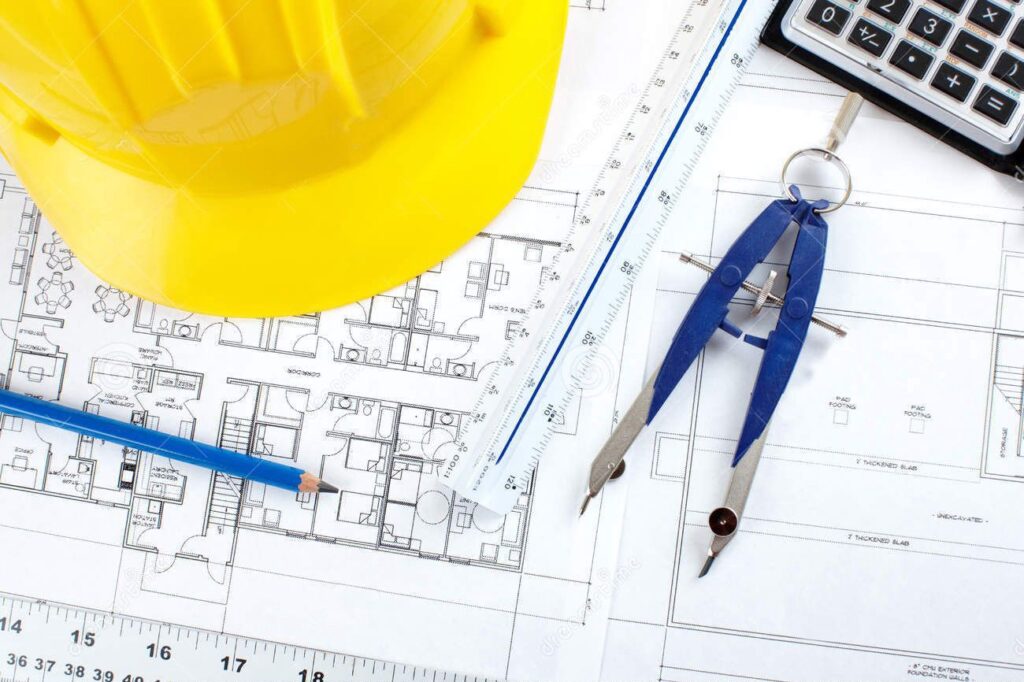MEP engineering is the science and art of planning, designing and managing the MEP systems of a building. An MEP design company specializes in those skills. Also known as mechanical, electrical, and plumbing engineering consulting firms, they are important across all stages of the construction process. They assist with decision making, cost estimation, construction administration, documentation, building management, and building maintenance.
MEP systems are a building’s central nervous system. MEP systems are responsible for the “creature comfort” features of a structure. They make a building livable and pleasant, no matter if it is a single-story home or a 50-story skyscraper.
PLUMBING:
When it comes to your plumbing, an MEP engineer that all piping, water, and waste removal systems are intact. Your MEP consultant will also be able to identify conservation strategies that are best-fit for your building. Whether it’s stormwater, your sewage system, natural gas, or your irrigation system, your MEP will be there to ensure that you have a plumbing solution that serves all of these critical areas in the most cost-effective manner.
LIGHTING AND ELECTRICITY:
Your building’s lighting accounts for a large portion of your electricity bills. By working with a trusted MEP provider, you’ll get to design an energy system that is equipped with more efficient lighting fixtures. When it comes to electrical lighting, the key is automation. Your MEP engineer will design a system that helps you get more support from natural light sources at peak periods of the day. This will help reduce electricity usage and help you create a more comfortable setting for all occupants.
ENERGY EFFICIENCY:
Professional MEP providers work with one primary goal in mind – to maximize sustainability throughout your entire building. The best MEP engineers work around the clock to implement energy management solutions to conserve the way your building performs. Whether that’s with a renewable energy source, or with an environmentally-friendly solution, you can always count on your MEP contractor to help you obtain maximum efficiency.
Added Value of MEP Design
When designing building systems, an integrated MEP engineering approach yields better results than specifying each building system in isolation. Interactions between building systems can be especially difficult to coordinate when the design process is isolated, and equipment location conflicts are very likely.
If a modern MEP design software is used, the value of the 3D model produced during the design phase goes beyond the construction process. The model can be conserved as reference for maintenance activities, and can be updated along with the building during a major renovation. In general, a building with a MEP engineering model is easier to manage and service than another building where only conventional construction plans are available.

Streamline the build process
Using virtual project planning and 3D modeling to reduce delays in project completion and streamline the build process. Streamline with the use of weekly design review meetings to address conflicts early on to save both time and money.
As you can see MEP coordination services are essential to ensure quality and cost-effective construction. Coordinating early on will avoid many potential conflicts thus reducing project waste. The ability to more accurately predict project cost allows for a more competitive bid. We at The Engineering Design offer MEP coordination services for projects of any size. For more information visit The Engineering Design website.
Managing Project Resources Effectively
The construction process of a building uses many resources. In addition to construction materials, a project needs tools, equipment and skilled labor. There is also a significant energy input, since many types of equipment consume fuel or electricity.
A key advantage of the project plan is that is provides a clear picture of when each resource is required. For example, if a building is still in the excavation and foundation phase, there is no need to have electricians and HVAC technicians on site. Likewise, if a project uses sensitive materials near the end of the construction process, there is no point in delivering them to the site at the start of the project.
However, waiting until the last possible moment to order materials or equipment is not the best approach either. Consider that many product have a lead time, and they cannot be delivered to the construction site on demand. For example, if a piece of HVAC equipment is installed on the 6th month of a project and its delivery takes one month, the order must already be placed by the 5th month.
The project plan is also useful for managing and tracking the presence of subcontractors on the project site. For example, if the Gantt chart indicates simultaneous activities that involve HVAC and plumbing, technical staff from both areas will be present at that time.
The availability of resources also influences planning decisions. For instance, if two activities require the full attention from a specific contractor, they cannot be scheduled simultaneously.
Conclusion
MEP can be easy. With proper planning and strategy, an effective MEP design is a primary building block for efficiently planning, managing and operating a facility. With MEP systems comprising a significant portion of the operational costs of most buildings, poorly operating equipment can create substantial inefficiencies and unnecessary costs for building owners and tenants. Proactively addressing these inefficiencies at the design stage, or by commissioning an MEP inspection of existing buildings, is a critical step in optimal property management.

